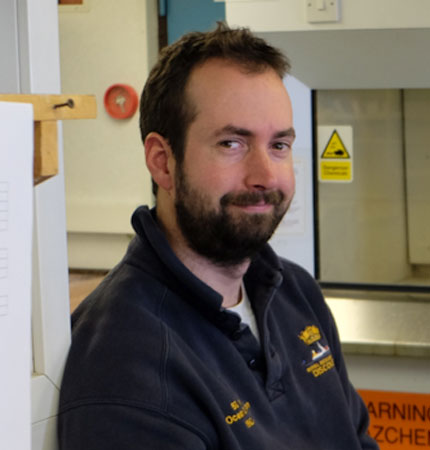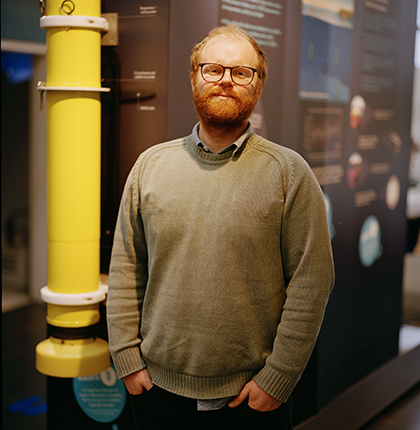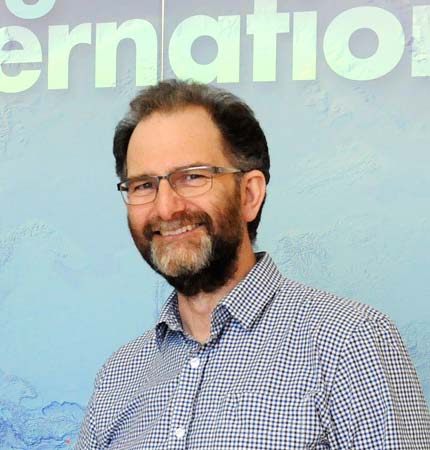Wireless Interrogation of Subsea Pressure Array
WiSPA aims to promote autonomous technologies as viable tools for climate and ocean observation and share lessons learned from the deployment.
WiSPA explores the technologies for a cost effective, lower carbon-footprint subpolar gyre array for measuring the strength, structure and heat and fresh-water fluxes of the Atlantic Meridional Overturning Circulation (AMOC).
The project furthermore examines the technology for making seabed pressure observations along the UK ocean boundary without the use of ships.
As part of WiSPA the team deployed an Autonaut unmanned autonomous surface vehicle in summer 2025 to acoustically recover data from three bottom pressure recorders across the eastern North Atlantic. These data are to contribute to long-term monitoring of the AMOC, which is vital for understanding global climate change, and support research into links between AMOC and coastal sea level.
Our mission is to act as a proof of concept, expanding on a 2023 deployment to a single shelf-edge site and demonstrating the value of FMRI funding in developing and operationalising novel marine technologies.





